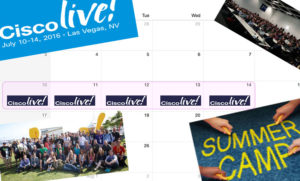0
Intel’s Atom architecture to live on despite smartphone chip cancellations
Intel's Atom processor architecture will live on despite the recent cancellation of next-generation smartphone chips.The chip maker will continue the development and use of the processor architecture, which stresses power efficiency, though the chips may not necessarily carry the Atom label. Last week Intel canceled upcoming Atom smartphone chips code-named Broxton and Sofia.The next-generation Atom architecture, code-named Goldmont, will first appear in future Pentium and Celeron processors, code-named Apollo Lake, an Intel spokeswoman said. Current top-line Atom chips are based on an architecture named Airmont.To read this article in full or to leave a comment, please click here




